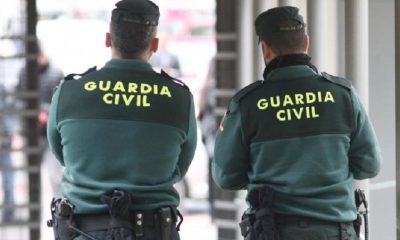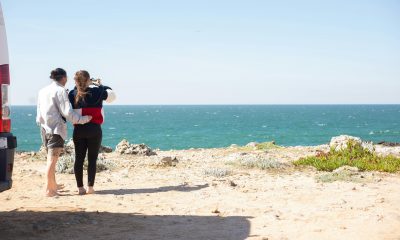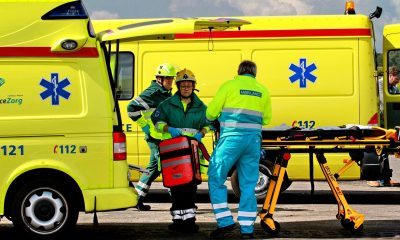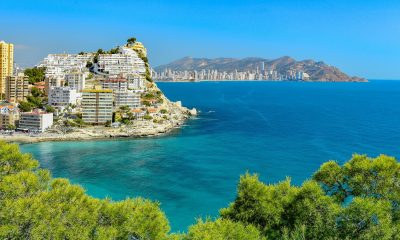Costa Blanca
Alicante’s Low Emissions Zone
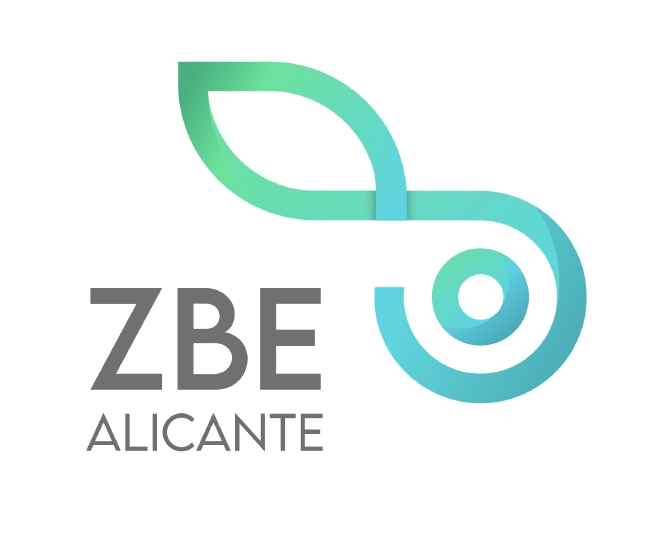
Unlike in other cities, Alicante’s downtown will not see new limits on private car circulation as a result of the ZBE’s adoption. With the installation of numerous environmental sensors and surveillance cameras, however, the municipal government team guarantees that it will enable better management of atmospheric pollutant volumes in real time.
Sensors for the environment
There is no significant pollution problem in Alicante. Actually, out of all the major cities in Spain, several studies have found that ours is the cleanest. Still, we’re taking a number of targeted steps to bring it down even further. Our new infrastructure will be a huge boon, says Manuel Villar, our deputy mayor and environmental sustainability councillor.
The city’s Benalúa Market, Bullring, José Rico Pérez stadium, Station, and General Hospital are among the locations where fourteen sensors have been set up. When these readings reach dangerously high levels, the City Council will be able to take action, including temporarily shutting down traffic, based on the data.
Typically, the haze that occasionally originates from the Sahara is the culprit responsible for the most severe pollution incidents that Alicante experiences, rather than cars. But we haven’t gotten particularly extreme in recent years, and I don’t see the need to do something drastic. According to the deputy mayor, “at least we’ll have objective data to act objectively” now.
Cameras that record
To further keep an eye on traffic, new video surveillance cameras have also been set up. Although optical cable has been laid that might encompass as many as 300 recording devices, only about 100 have been operational so far.
“These cameras will not be used to fine drivers, but rather to provide us with information that will allow us to improve mobility in the city and to redirect traffic flows in order to reduce traffic congestion,” Villar points out.
Officially, the ZBE encompasses the Old Town, the Traditional Centre, and Gran Via, which together form three rings. Finally, this final zone will implement traffic limits in the same manner that they have done since 2011. So, these streets are off-limits to everyone save residents, garage owners, and employees. Sanctions will be implemented, and fines will shortly be increased.
Fines for cars that don’t follow the ZBE’s rules have been increased, according to a deal struck by the Federation of Municipalities. According to the Alicante traffic ordinance, they are currently around 80 euros, but Villar tells us they will likely climb to around 200 euros.
Greater urban density
The sea wind certainly helps Alicante’s air quality, which typically scores well on quality assessments; however, our city’s population has been growing at a large rate for a number of years.
We had 328,000 registered users a decade ago, and by the end of 2024, we had 359,000. Thanks to this change in population distribution, we are now the tenth most populous city in Spain, above Bilbao.
Even though there are more people living here and more cars on the road, pollution levels in Alicante have been rather constant in recent years. Pedestrianisation and lane reductions are two examples of the effective actions we have taken to reduce traffic on different streets. According to Villar, this is the path that we intend to take moving forward.
The Town Hall Area streets of Jorge Juan and Rafael Altamira will not be part of the pedestrianisation of the Town Hall Square.
Regarding this matter, it was recently declared by Mayor Luis Barcala that the Town Hall Square will be pedestrianised. It was indeed this very situation last autumn, when the Town Hall building’s façade collapsed, closing the street for weeks and forcing the closure of operations.
The city can keep running even without this traffic, thanks to this terrible occurrence. Also, the Councillor for Environmental Sustainability notes that town hall squares are usually not a common site for cars to circulate, both in Spain and elsewhere.
The project’s pedestrianisation will be limited to the area within the square; streets like Jorge Juan and Rafael Altamira will still be accessible for vehicles. Considering the bus routes that pass through this area, the next step is to do the necessary investigations to identify other transportation options. It is the expectation of the City Council that the works can commence by the year’s end and be finished in 2026.
Additional methods
Furthermore, we are assured by the government team that additional measures would be implemented to further decrease pollution levels.
All of the buses will soon be electric or hybrid models. Furthermore, we strive to enhance the tree cover and pavement size in every project we do. The deputy mayor assures us that, in addition to cars, they will promote the usage of scooters and bicycles.
Discover more from Costa Blanca Daily
Subscribe to get the latest posts sent to your email.
Costa Blanca
21 expensive cars that were stolen in the U.S. were found Valencia port
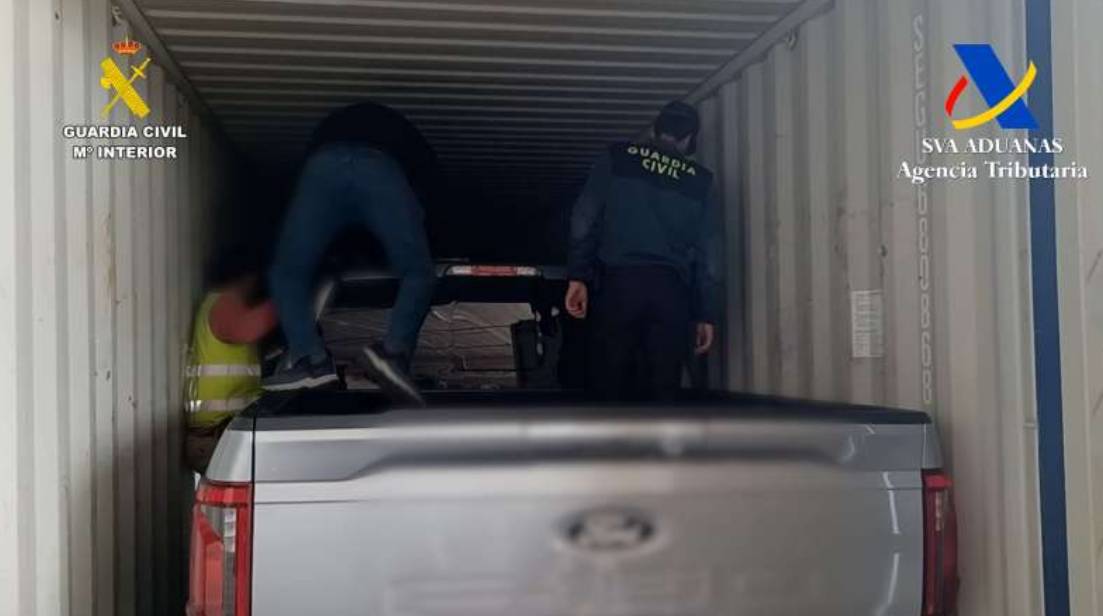
Together with the US Container Security Initiative, the Guardia Civil and the Tax Agency found 21 high-end cars that were stolen in the U.S. and were on their way to Africa in the port of Valencia. The cars, which were worth a total of €1.1 million, were reported stolen and were being moved in containers.
The cars were stolen in the U.S. and were on their way to different places in Africa, stopping in Valencia’s port. Risk analysis units made up of Guardia Civil and Tax Agency officers were able to find several packages that might not have had the goods that were claimed to have been inside.
With the help of the information gathered, it was confirmed that stolen cars that had been in Valencia on their way to the United States had actually arrived. The groups that ship stolen cars either traded legally declared cars for stolen ones or directly declared the stolen cars as other goods, like furniture or mattresses.
In the past few weeks, 21 vehicles have been found and will be sent back to their home countries to be given to their original owners.
Discover more from Costa Blanca Daily
Subscribe to get the latest posts sent to your email.
Costa Blanca
14 immigrants were saved on a boat 45 miles off the coast of Alicante
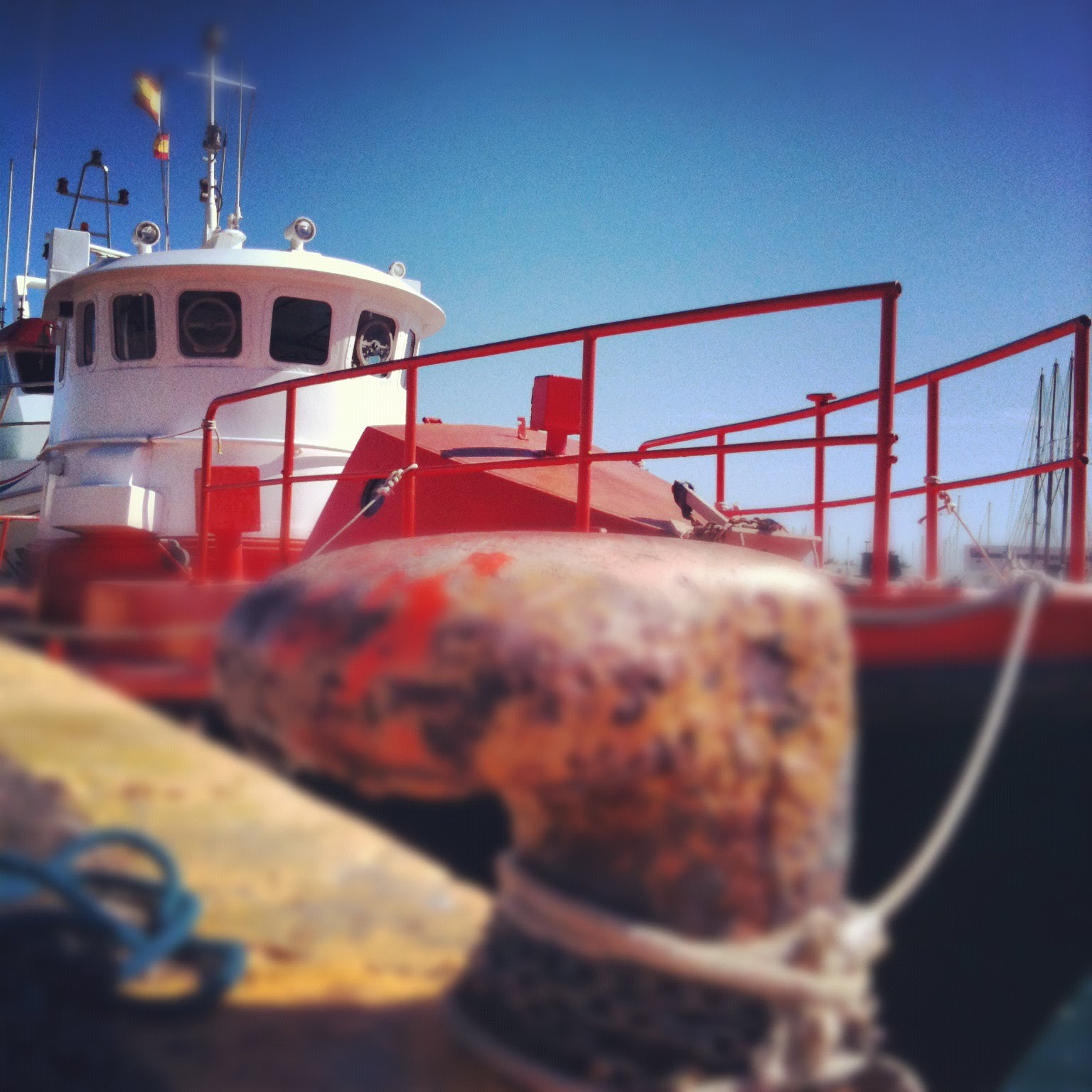
On Wednesday, 2nd April, the Maritime Rescue ship Salvamar Leo saved 14 immigrants who were travelling in a boat about 45 miles from Alicante.
In the middle of the afternoon on Wednesday, Maritime Rescue sent out its Helimer 223 helicopter and the Salvamar Leo, which is based in Alicante, to save the people on a small boat.
Their journey began on the Salvamar Leo, which took them to the Temporary Assistance Centre for Foreigners in the port of Alicante. There, the Red Cross took care of them.
The Red Cross says that all of the refugees they saved were men, and two of them were younger than 15 years old. They were all healthy after being treated.
The National Police took over the refugees after getting help from the Red Cross. They are now trying to find the boat’s captain so they can arrest him, as is normal in these situations.
Discover more from Costa Blanca Daily
Subscribe to get the latest posts sent to your email.
Costa Blanca
Dénia wrestler arrested in connection with a network that smuggled 300 kilos of cocaine from Ecuador
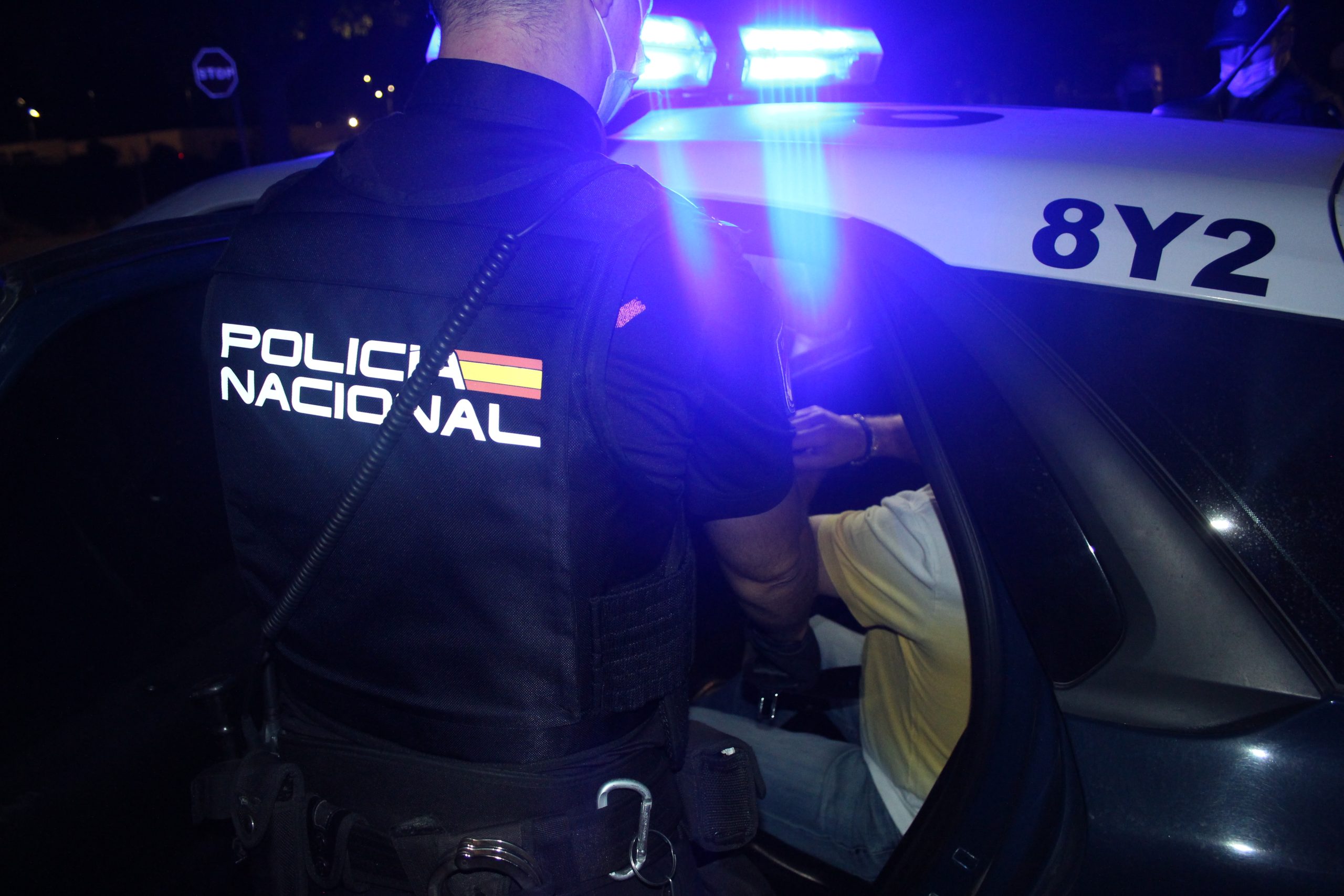
The National Police’s Drugs and Organised Crime Unit arrested a famous mixed martial arts (MMA) fighter from Dénia. He was part of a gang that was partly broken up in August over a shipment of 300 kg of cocaine from Ecuador that came into the port of Valencia. The fighter from Dénia is one of five people who were caught by police. Along with nine other gang members who were already in jail at the time, they are now in jail.
The man who was arrested in Dénia is thought to be the trusted man of the gang’s leader, who is also an MMA fighter, and the person who is said to have worked as a go-between in the operation.
Levante-EMV also says that the broken-down network is linked to another shipment of 490 kg of cocaine that came into the port of Valencia in April of last year.
The five people who were just caught went before Valencia’s Investigative Court No. 20 yesterday, April 3rd.
Discover more from Costa Blanca Daily
Subscribe to get the latest posts sent to your email.
-

 Costa Blanca1 day ago
Costa Blanca1 day agoBefore Easter, the new road through La Hoya should open
-

 Costa Blanca2 weeks ago
Costa Blanca2 weeks agoElche sets the regulations for riding bicycles and e-scooters
-
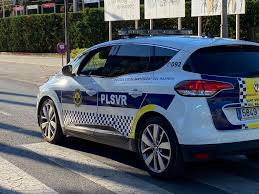
 Costa Blanca2 weeks ago
Costa Blanca2 weeks agoPolice prevent three squatters from taking over an Alicante home
-

 Costa Blanca2 weeks ago
Costa Blanca2 weeks agoElche mother sentenced to 19 years for the murder of her son and the abuse of her twins
-
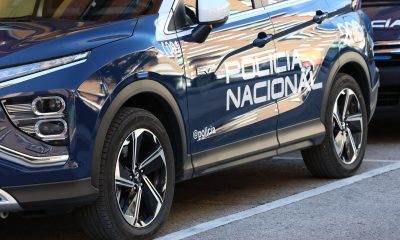
 Costa Blanca2 weeks ago
Costa Blanca2 weeks agoElche man arrested for sending intimate images of his partner
-
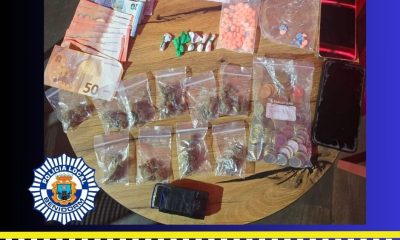
 Costa Blanca2 weeks ago
Costa Blanca2 weeks agoTwo men arrested for drug trafficking in Benidorm
-
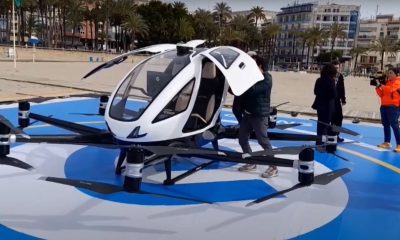
 Costa Blanca2 weeks ago
Costa Blanca2 weeks agoIn the next five years, air taxis will become a reality in Europe
-
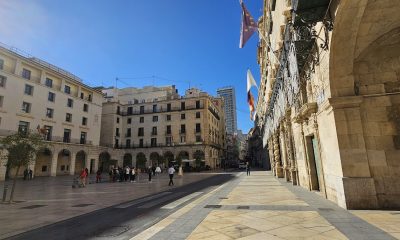
 Costa Blanca2 weeks ago
Costa Blanca2 weeks agoThree years in prison for causing a traffic accident in Pinoso that killed two



